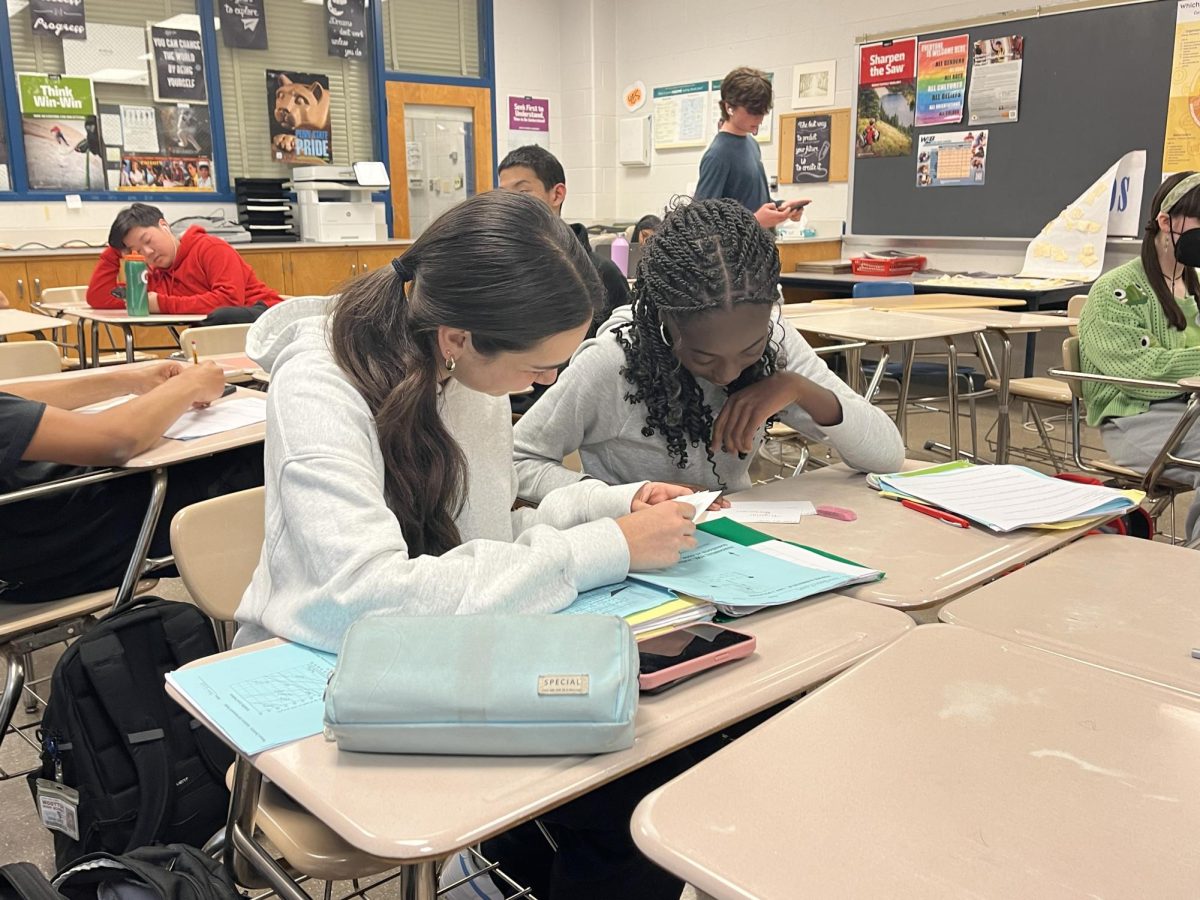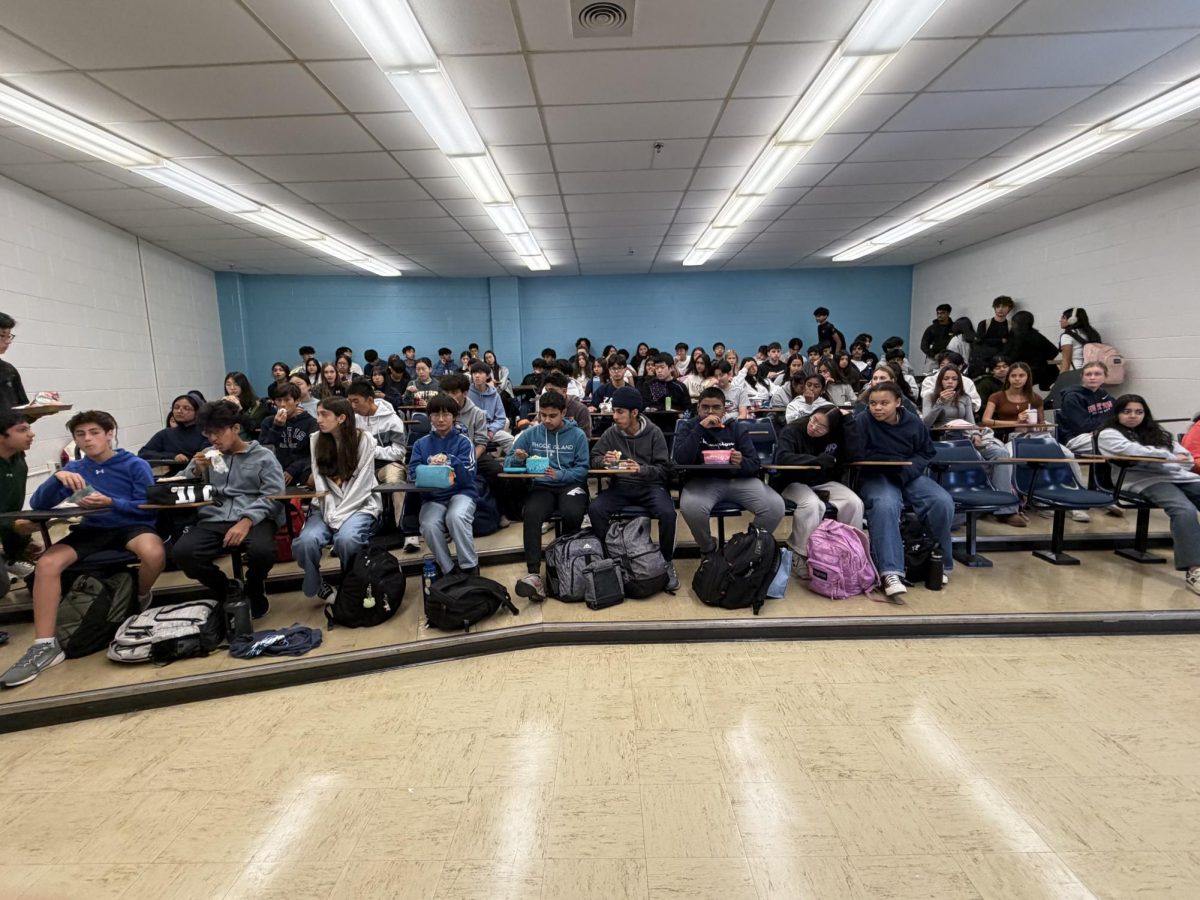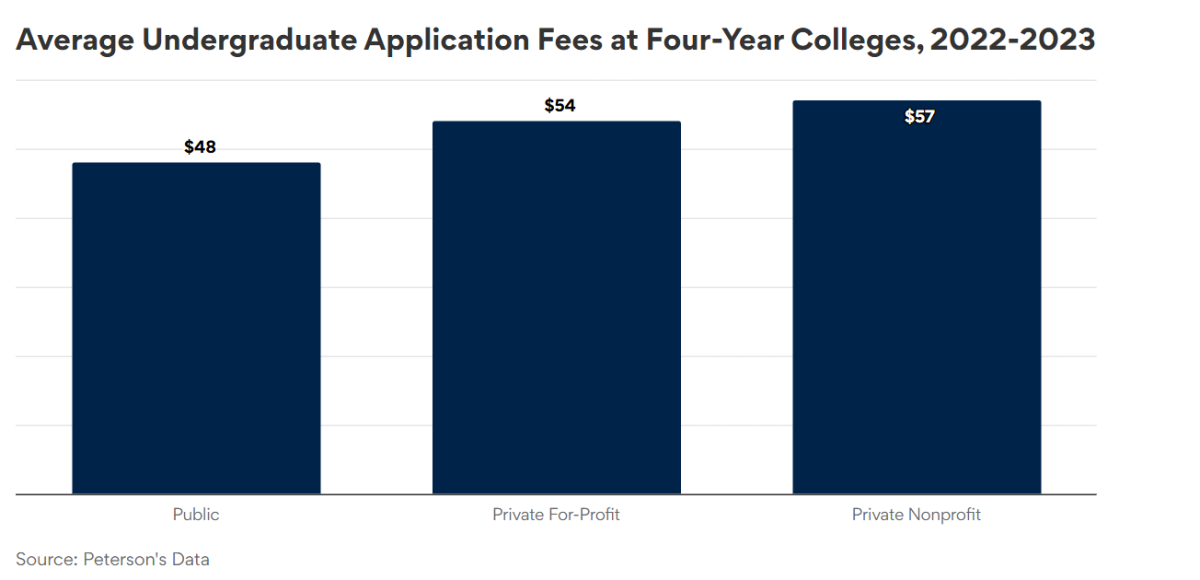Late night cram sessions, lack of sleep and frantically memorizing flashcards are all common occurrences for students, especially for those at academically competitive high schools. However, what if there is a way to avoid pulling all nighters? What if students are simply not utilizing the most ideal memorization strategies? Or even worse, what if our current methods have no benefit at all?
Memory, like most things, is trainable. Meaning contrary to popular belief, there is no such thing as simply having good or bad memorization skills. Instead, through the right techniques, we can trick our minds into studying more effectively, over less time.
Active studying focuses on physically engaging with the material you are learning, such as rewriting notes, teaching a friend, testing yourself or simply talking through it. Passive learning on the other hand, primarily involves receiving information, often in the form of rereading. “My AP Psychology teacher always talks about active recall instead of just passively reviewing your notes; it really helped my studying,” sophomore AP Psychology student Skye Cushing said.
According to the University of North Carolina (UNC), our brains are more likely to embed information in our memory when we review it directly prior to sleep, as our brain processes and stores information while we are sleeping. Meaning the term sleep on it has more meaning than one may think, “If you study the last hour before you go to bed it allows for memory consolidation and our brain’s neurotransmitters enable that material to stick,” AP Psychology teacher Amy Buckingham said.
In an ideal situation, teachers recommend students to begin studying several days prior to an exam in order to maximize the “spacing effect,” where one studies material in spaced out periods to better retain it. However, when cramming it’s important to focus on “linking the material.” According to UNC’s Learning Center, “Material in isolation is more difficult to remember than material that is connected to other concepts.”
When trying to learn a new concept or term it is best to come up with a simple and personal connection. For instance, sophomore Noa Lucas often utilizes mnemonic devices when attempting to cram for a test. “I do it all the time, especially in Spanish and pre-calc; I try to come up with random songs for verb conjugations or math formulas,” Lucas said.
Throughout the day our brain varies in levels of cognitive activity. According to Molly Wilding, human behavior professor at Hunter College, our brains are in “acquisition mode” and most perceptive to new information during the hours of 10 a.m. – 2 p.m. However, “the lowest learning valley occurs between 4 a.m. and 7 a.m.,” Wilding said.
A majority of these strategies, while effective, simply focus on memorization and prevent students from gaining a true conceptual understanding of the material long term. “In AP psychology, as well as other classes, it’s important to not just know the definition of the term but be able to apply it, as it exists in realistic situations,” Buckingham said.









